- Home
- Destinations
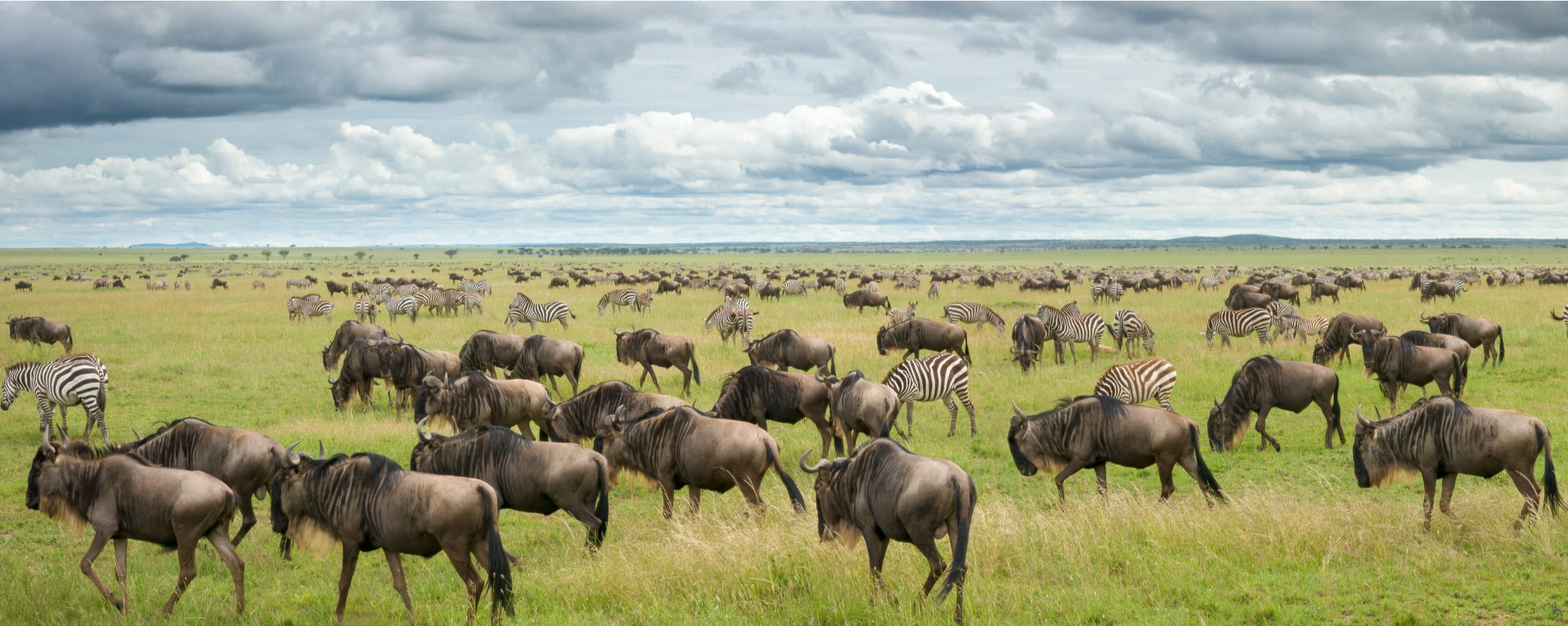
Serengeti National Park
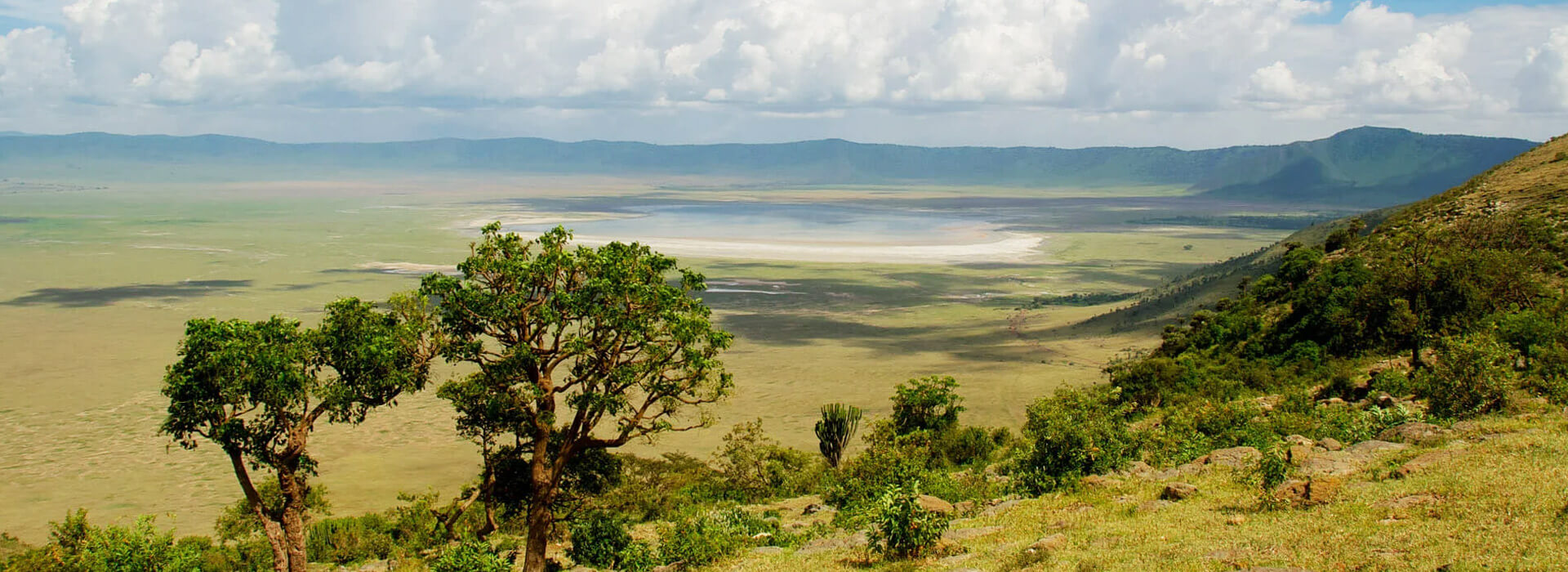
Ngorongoro Crater
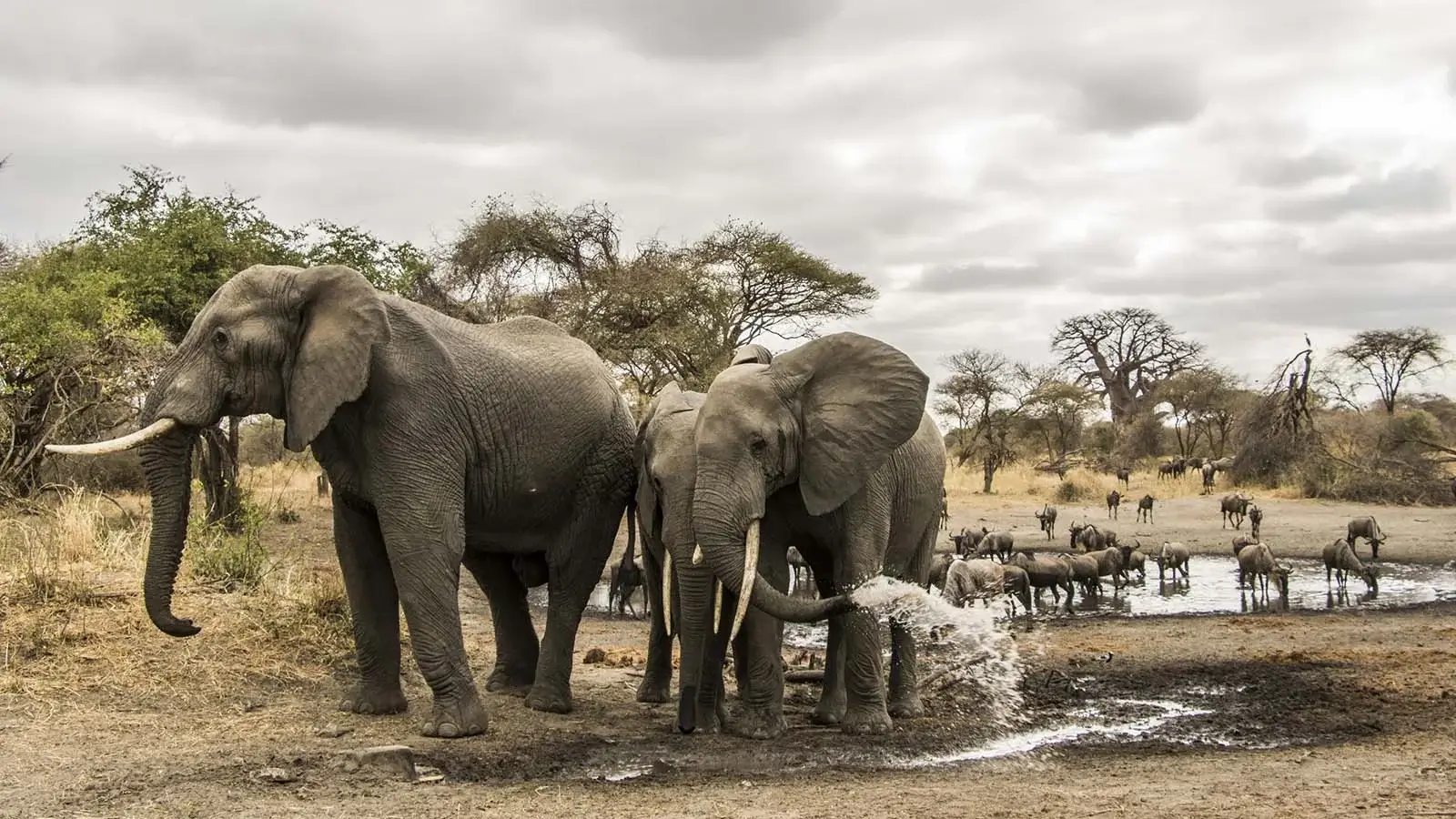
Tarangire National Park
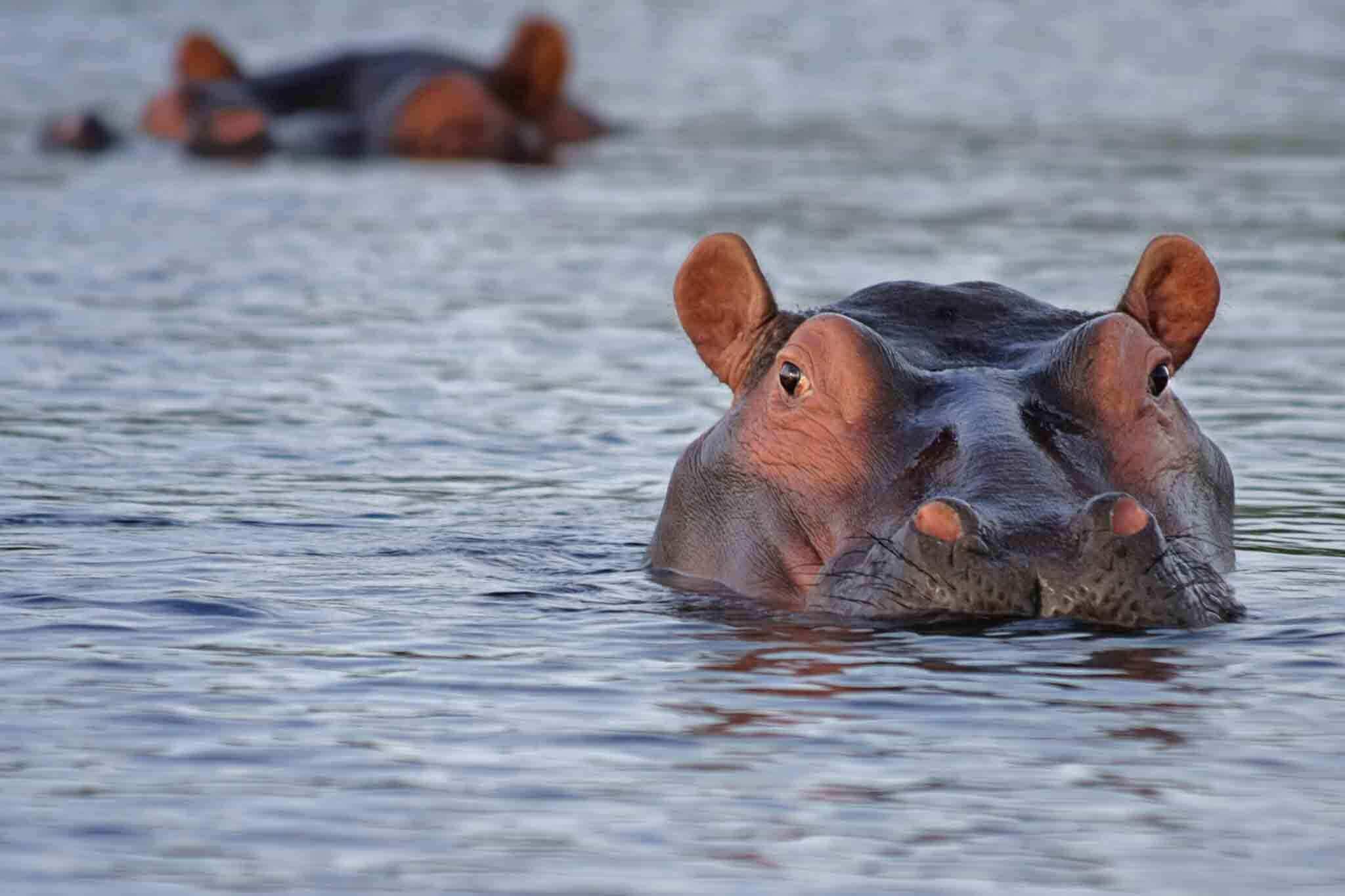
Lake Manyara National Park
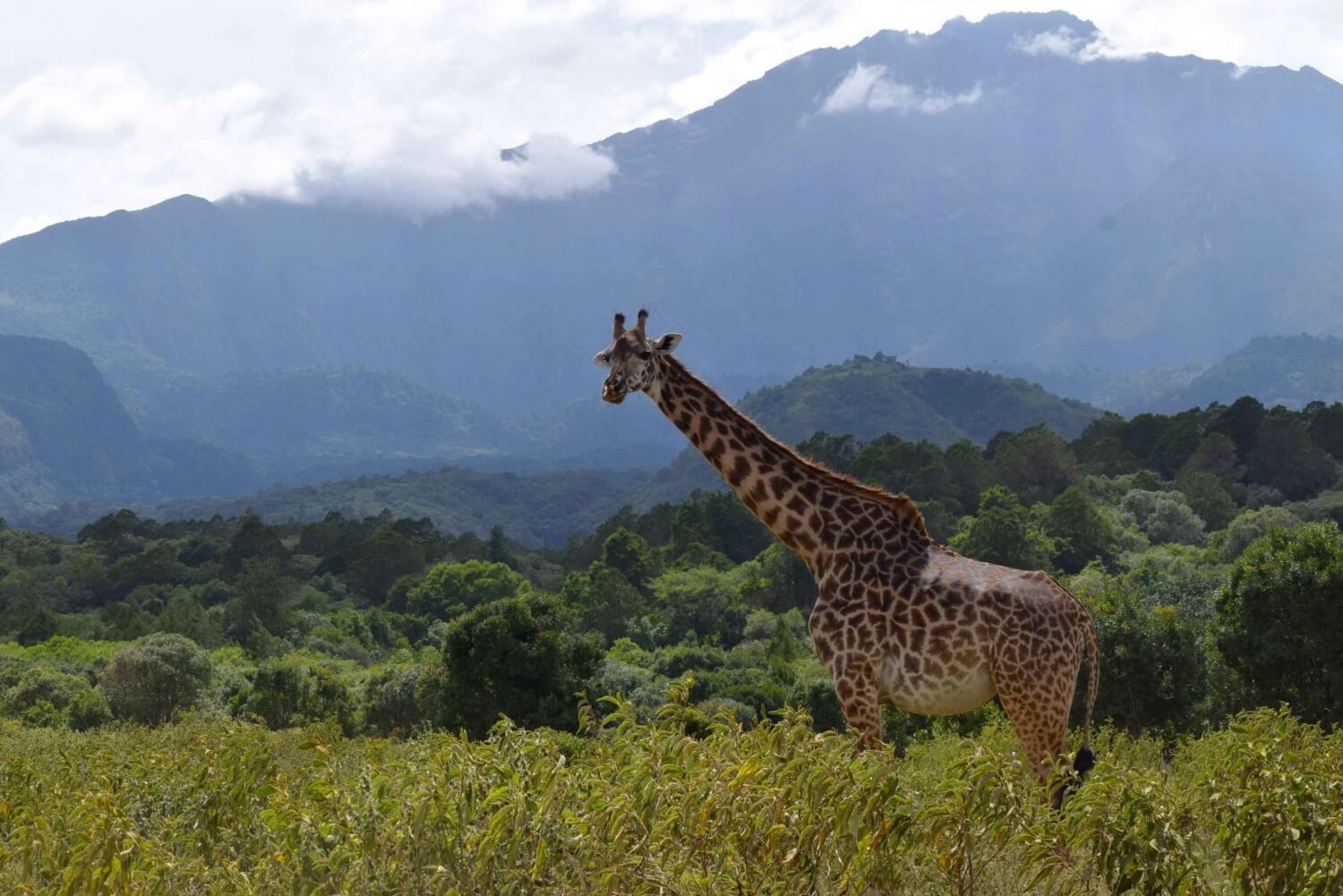
Arusha National Park

Zanzibar Island
- Safaris

3 Days Serengeti and Lake Manyara

5 Days Wildlife Tanzania Safari
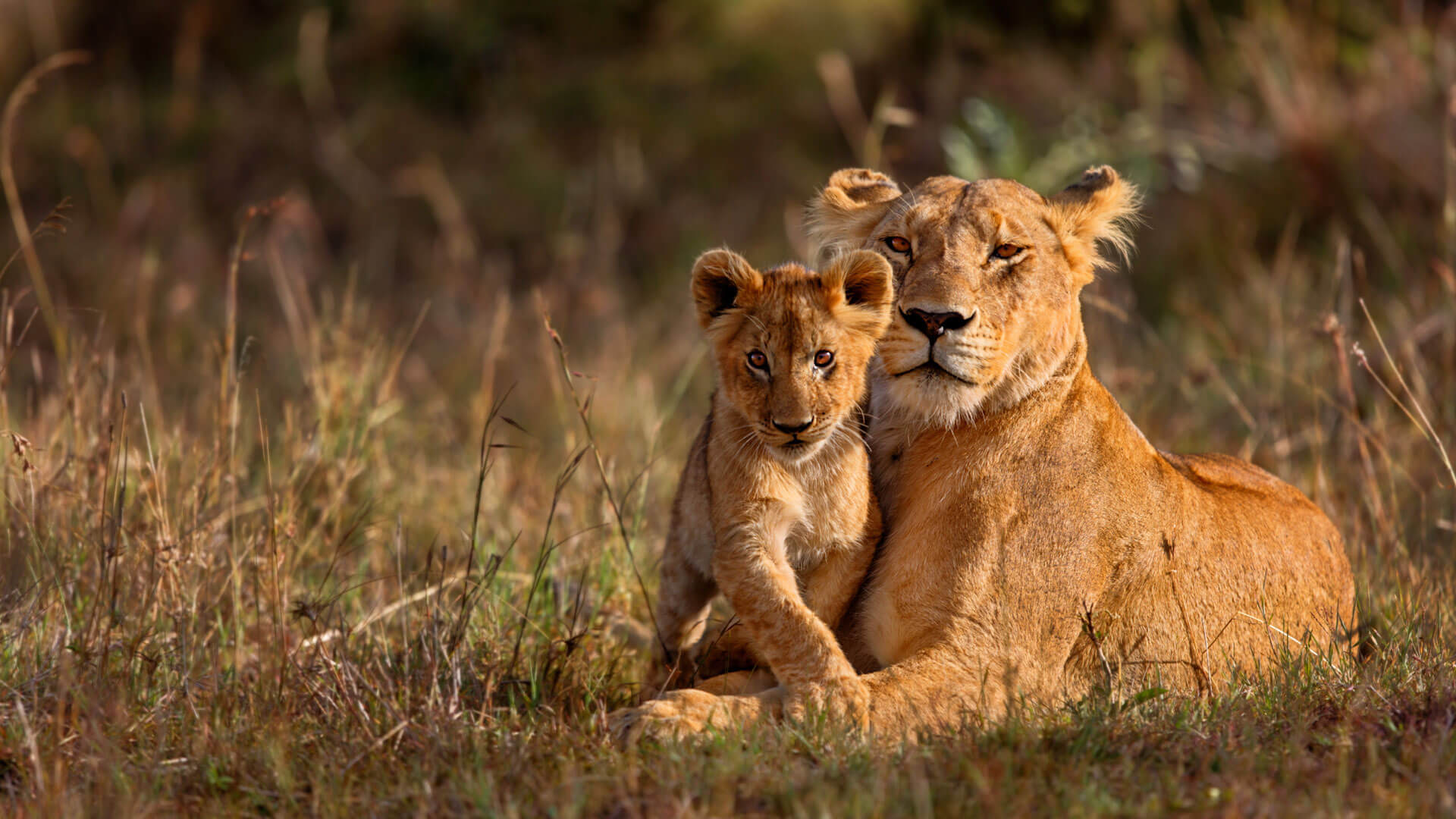
6 Days Tanzania
Safaris
12 Days Tanzania Safaris & Migration
- Trekking

Mountain Kilimanjaro
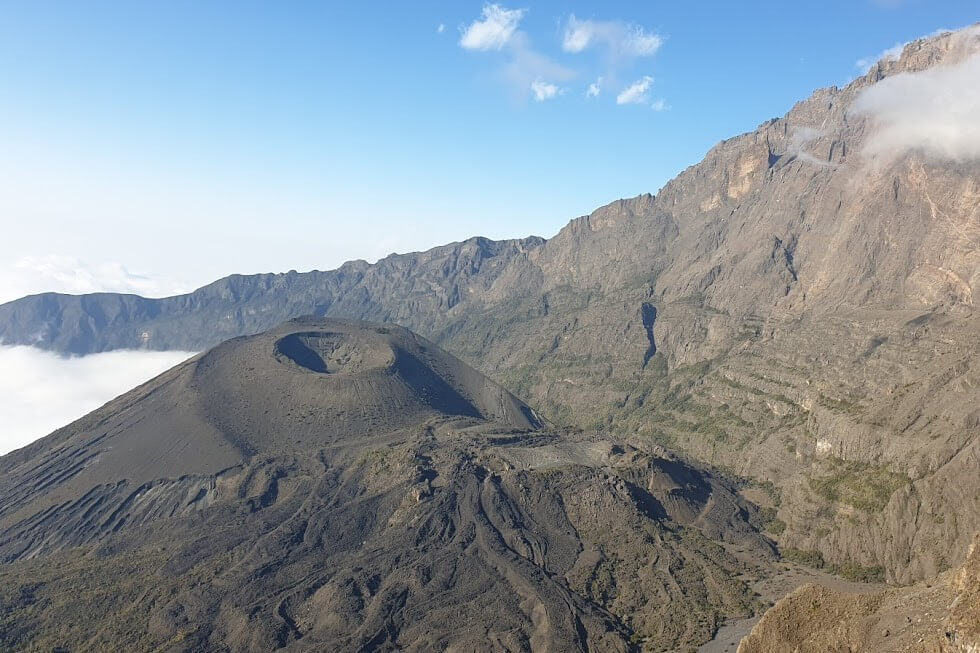
Mount Meru
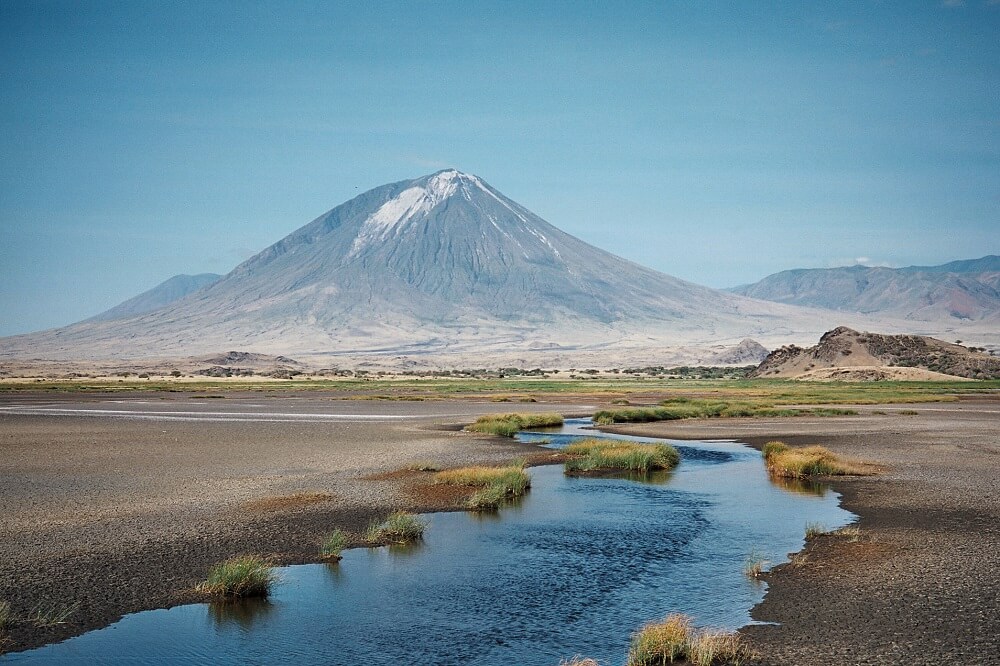
Oldonyo Lengai

Udzungwa Mountain
- Cultural Tours
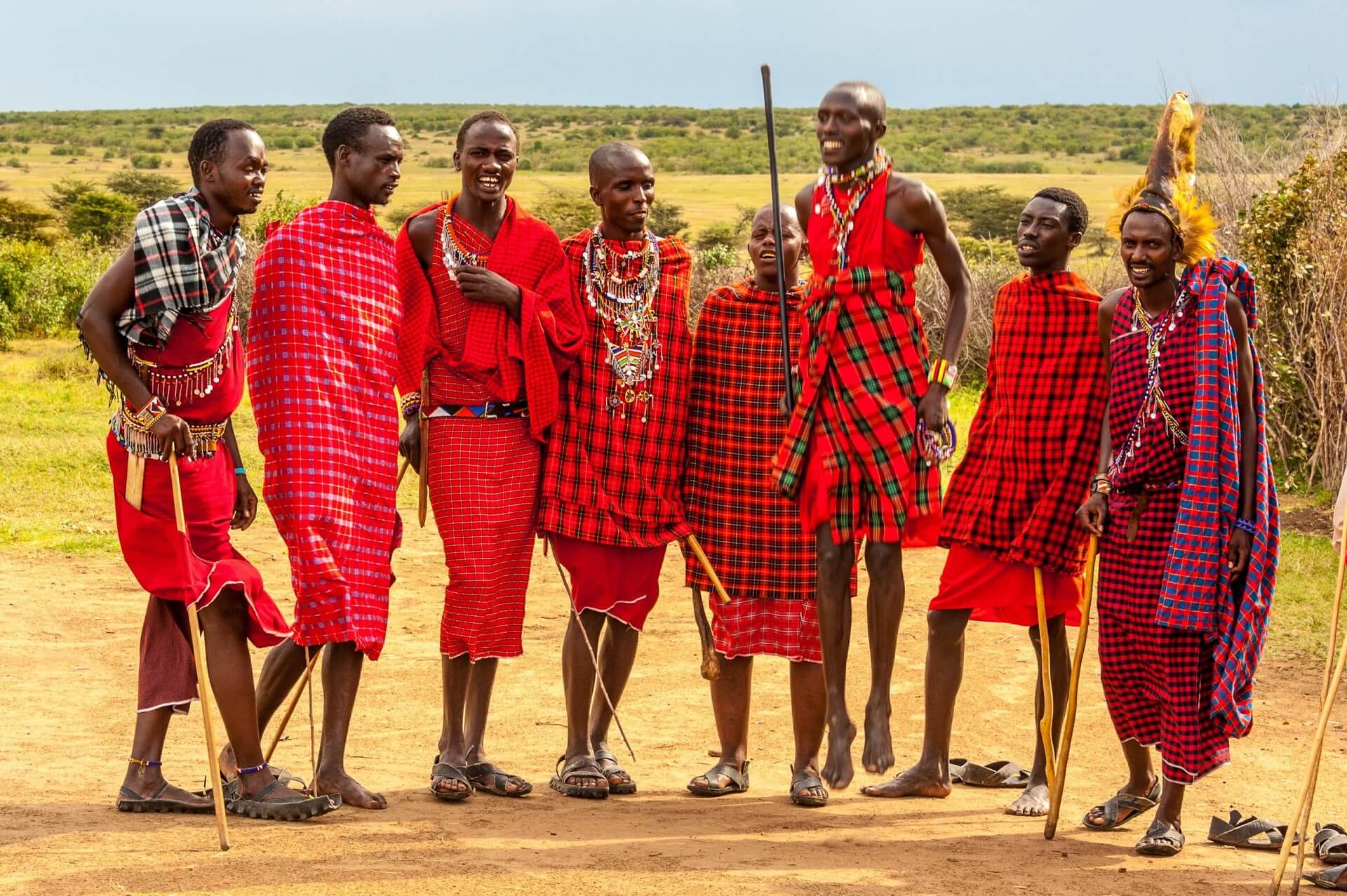
Maasai Tribe
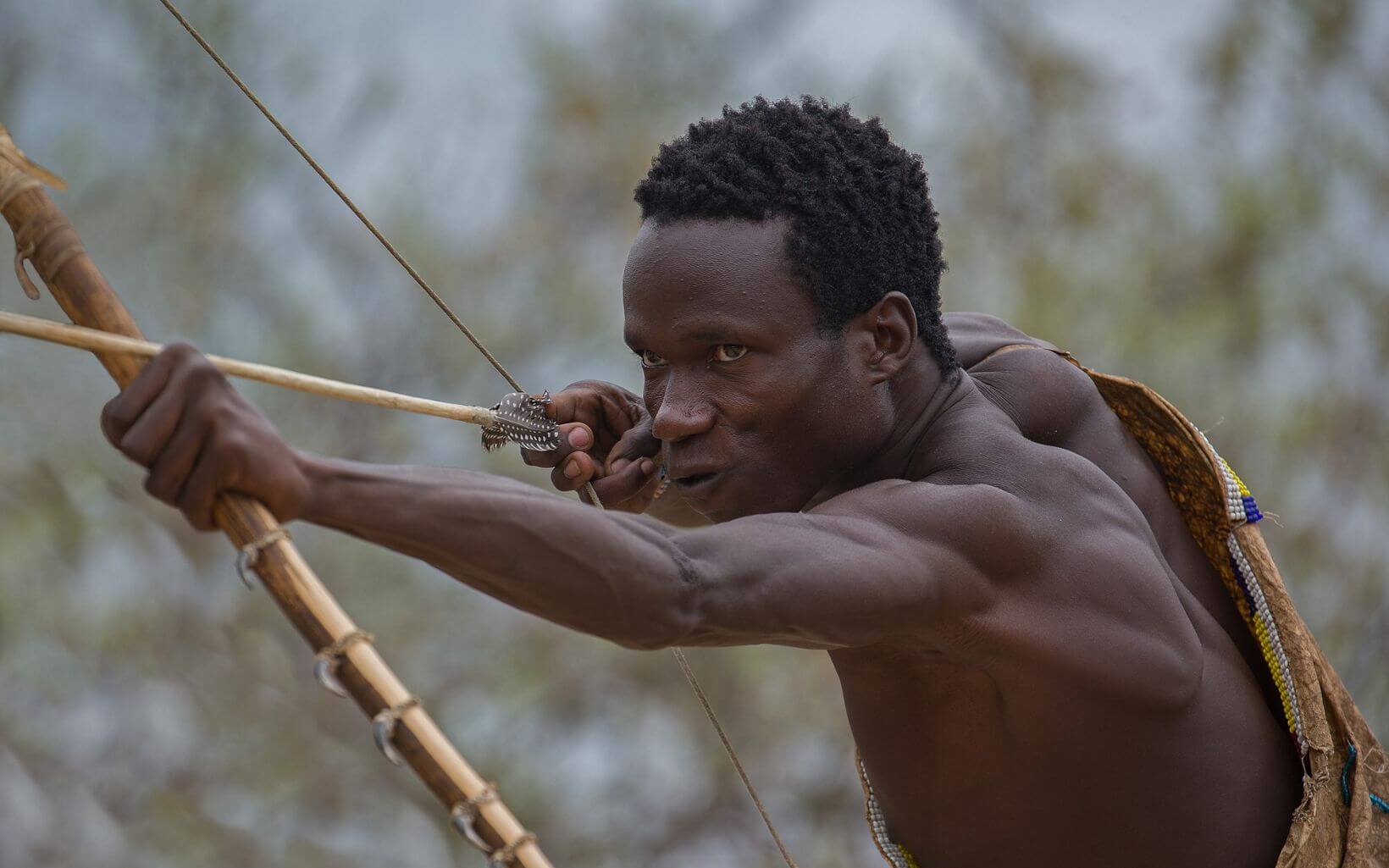
Hadzabe Tribe
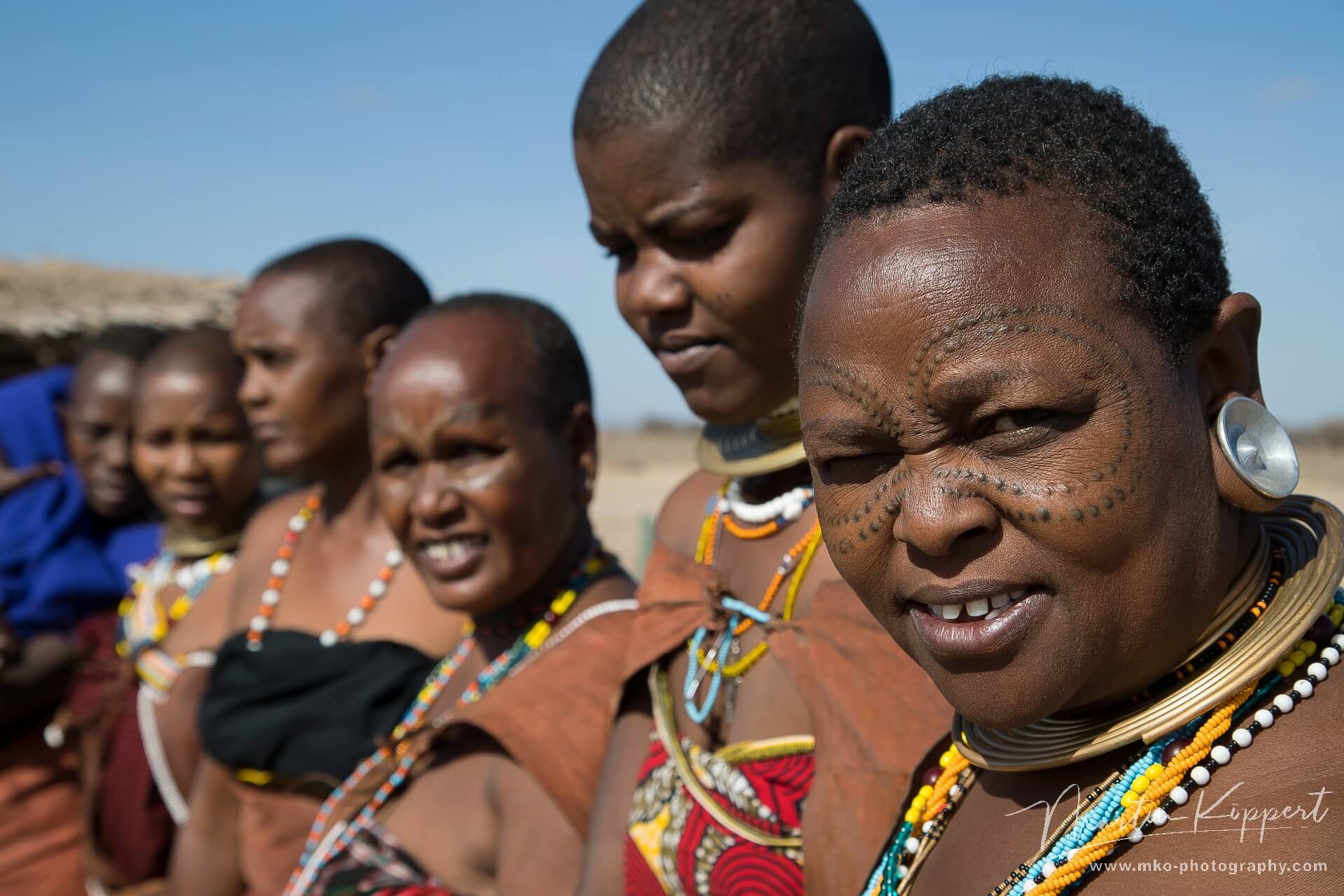
Datoga Tribe
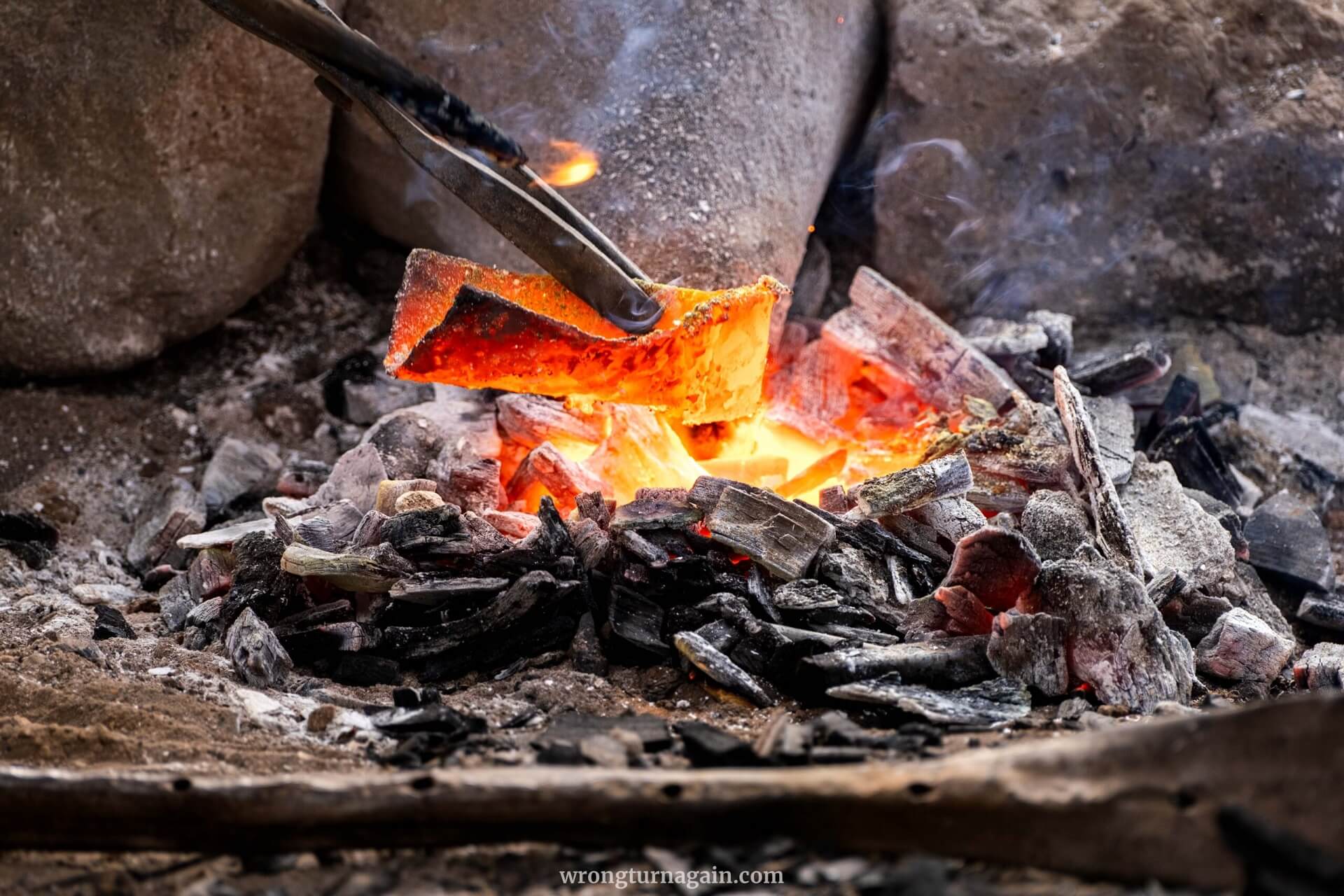
Blacksmith
- Activities
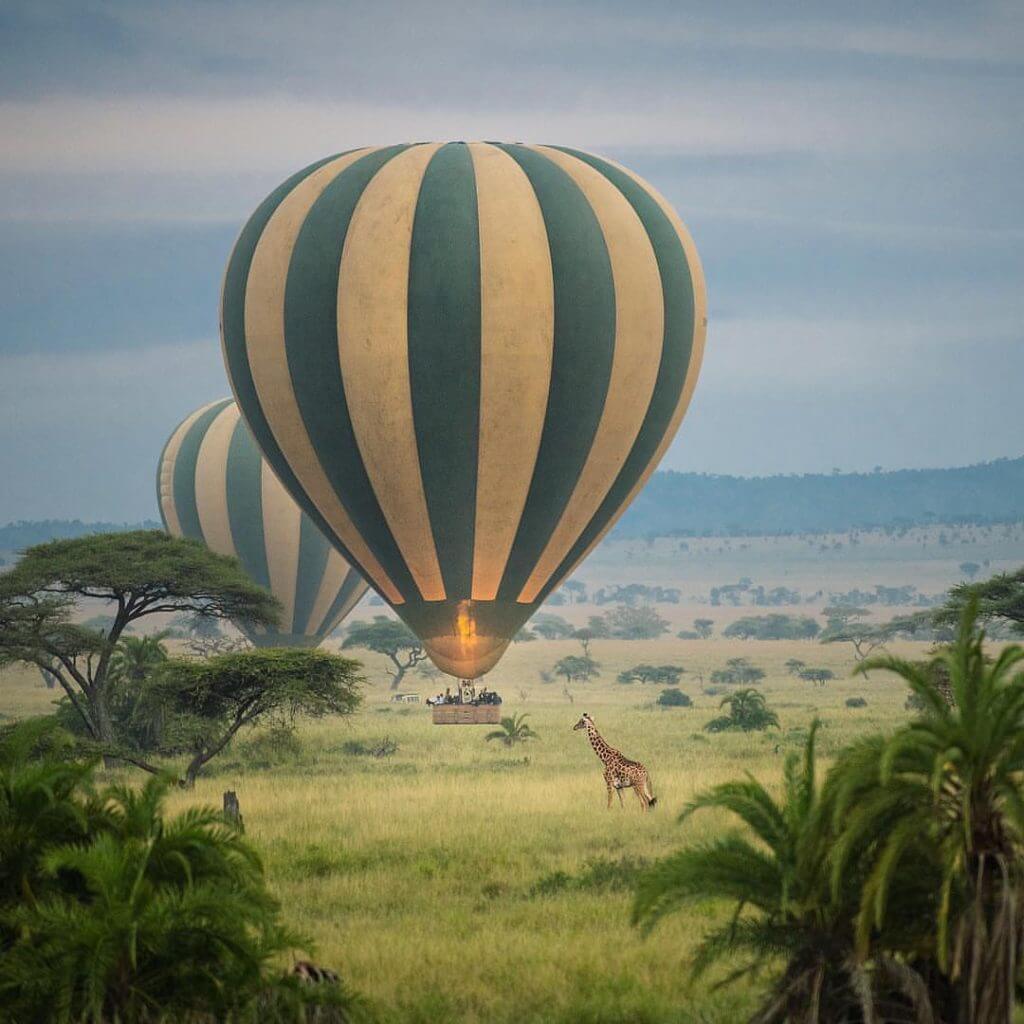
Balloon Safari

Walking Safari
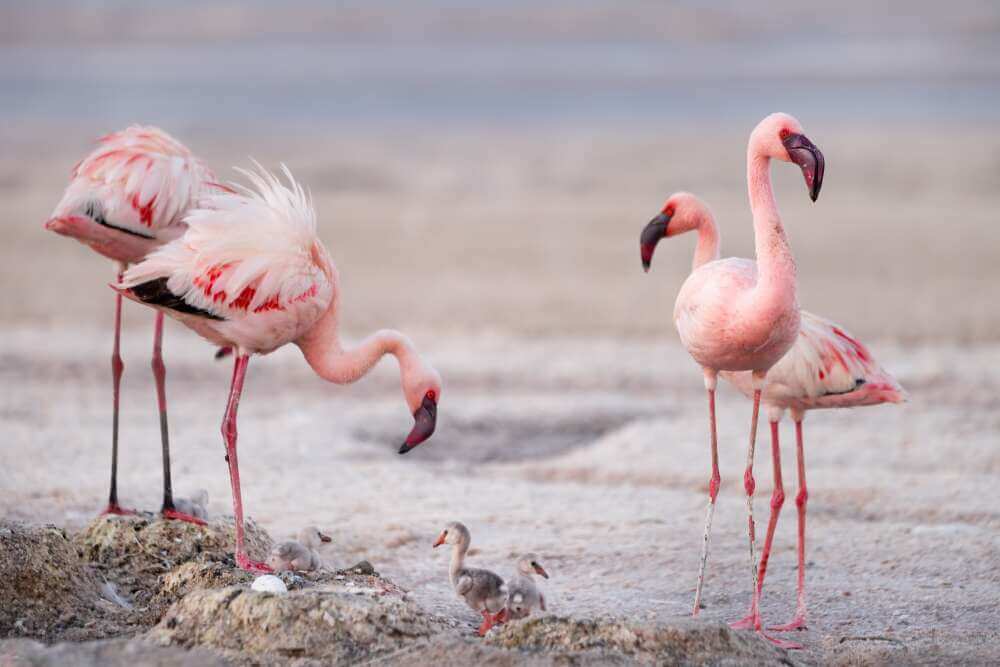
Bird Watching

Wildebeest Migration
- Filming
- Philanthropy
- Home
- Destinations

Serengeti National Park

Ngorongoro Crater

Tarangire National Park

Lake Manyara National Park

Arusha National Park

Zanzibar Island
- Safaris

3 Days Serengeti and Lake Manyara

5 Days Wildlife Tanzania Safari

6 Days Tanzania
Safaris
12 Days Tanzania Safaris & Migration
- Trekking

Mountain Kilimanjaro

Mount Meru

Oldonyo Lengai

Udzungwa Mountain
- Cultural Tours

Maasai Tribe

Hadzabe Tribe

Datoga Tribe

Blacksmith
- Activities

Balloon Safari

Walking Safari

Bird Watching

Wildebeest Migration
- Filming
- Philanthropy
Maasai Tribe
Introduction
The Maasai are a Nilotic ethnic group residing in northern, central, and southern Kenya, as well as northern Tanzania, near the African Great Lakes region. They speak Maa, a language belonging to the Nilotic family, closely related to languages such as Dinka, Kalenjin, and Nuer. While Maa is their traditional language, most Maasai also speak Swahili and English, the official languages of Kenya and Tanzania. The Maasai population in Kenya was recorded at over 1.18 million in the 2019 census, although some Maasai view the census as intrusive, often leading to either refusal to participate or false information.
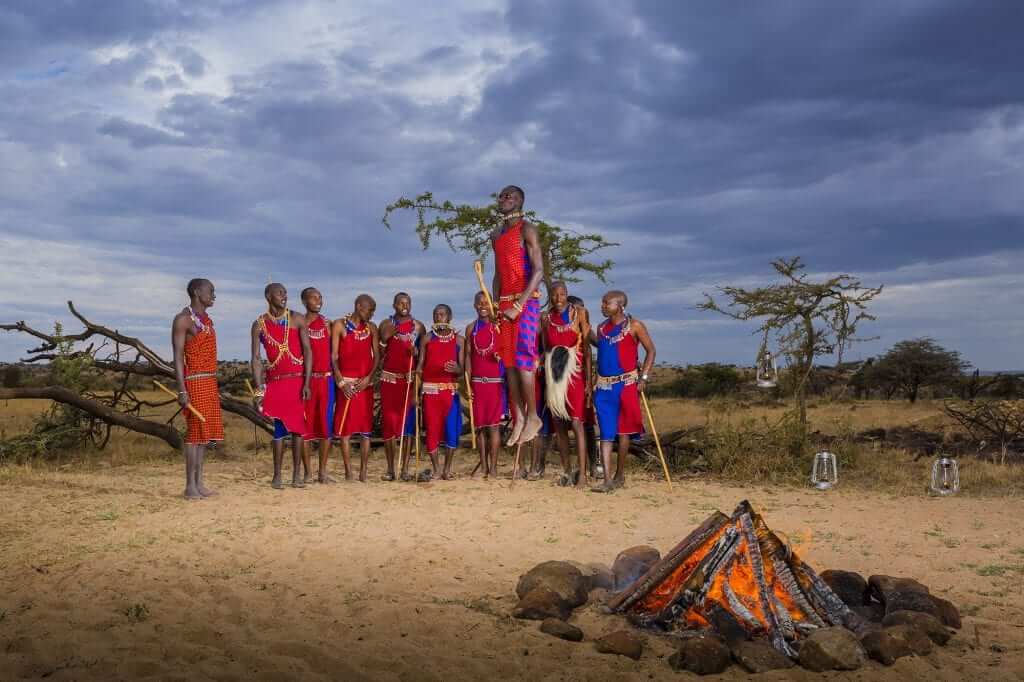
Historical Background
The Maasai migrated from South Sudan to their current regions, along with other Nilotic speakers like the Turkana and Kalenjin. Known for their pastoralist lifestyle and fierce reputation as warriors, the Maasai adopted various customs from neighboring Cushitic-speaking groups, including circumcision and age-set systems. Historically, their territory expanded across the Great Rift Valley, from Mount Marsabit in the north to Dodoma in the south, until a combination of disease, drought, and European colonization drastically reduced their land.
The Maasai and Their Land
At their territorial peak in the 19th century, the Maasai occupied vast regions of East Africa, reaching from Mount Marsabit to Dodoma. However, they were later displaced from fertile lands near Mount Meru and Kilimanjaro in Tanzania and from prime highlands near Ngorongoro in the 1940s. Much of their traditional land was converted into wildlife reserves and national parks, including Amboseli, Maasai Mara, and Serengeti National Park. Despite this, the Maasai continue to resist governmental pressures to adopt a sedentary lifestyle and still demand grazing rights in national parks.
Cultural and Social Structure
Maasai society is organized into geographic sectors or sub-tribes, each with its customs, leadership, and dialects. There are 22 recognized Maasai sub-tribes, often referred to as ‘nations’ in the Maa language. Traditionally, the Maasai are monotheistic, worshiping a single deity named Enkai or Engai, who has two natures—benevolent (Black God) and vengeful (Red God). The laibon serves as the religious leader, responsible for healing, divination, and ensuring success in war or rainfall.
Maasai Economy: Cattle as Wealth
Cattle are central to Maasai culture, representing not only their primary food source but also a measure of wealth and status. A man’s wealth is gauged by the number of cattle, wives, and children he possesses, with a herd of 50 cattle considered respectable. The Maasai diet, traditionally consisting of raw meat, milk, and blood, is evolving with the inclusion of crops like sorghum and cabbage due to changes in livestock availability.
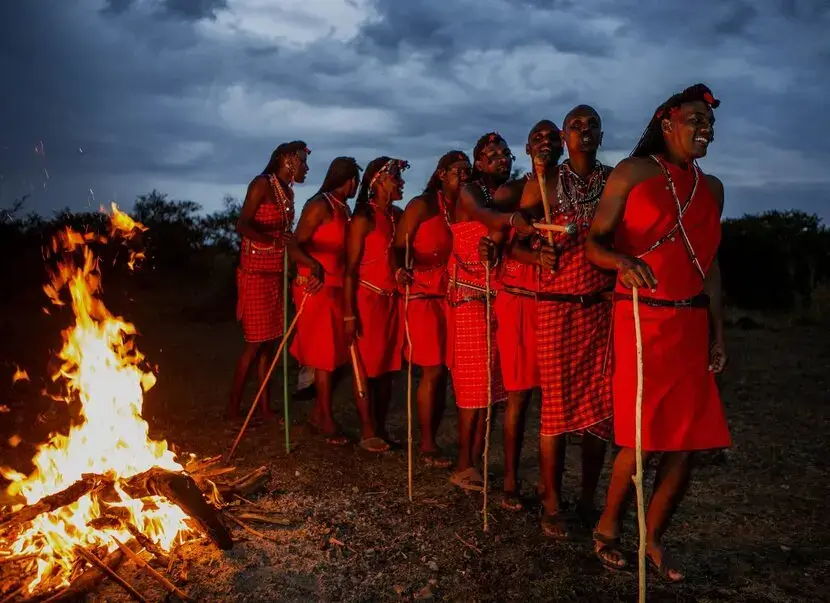
Genetic and Linguistic Heritage
Genetic studies have provided insights into the Maasai’s ethnogenesis. A study by Tishkoff et al. (2009) revealed that the Maasai have maintained their culture despite genetic assimilation over time, displaying both Nilotic and Cushitic influences. The Maasai have significant West-Eurasian ancestry, likely introduced via Afroasiatic-speaking groups from Northern Africa or the Arabian Peninsula thousands of years ago.
Body Modification and Initiation Rituals
Body modification, including the piercing and stretching of earlobes, is a common practice among the Maasai. Both men and women adorn their stretched lobes with beaded ornaments. Circumcision plays a crucial role in Maasai rites of passage, marking the transition from childhood to adulthood for both boys and girls. Female circumcision, or genital mutilation, though controversial, remains a significant part of Maasai culture despite efforts to replace it with non-invasive rites.
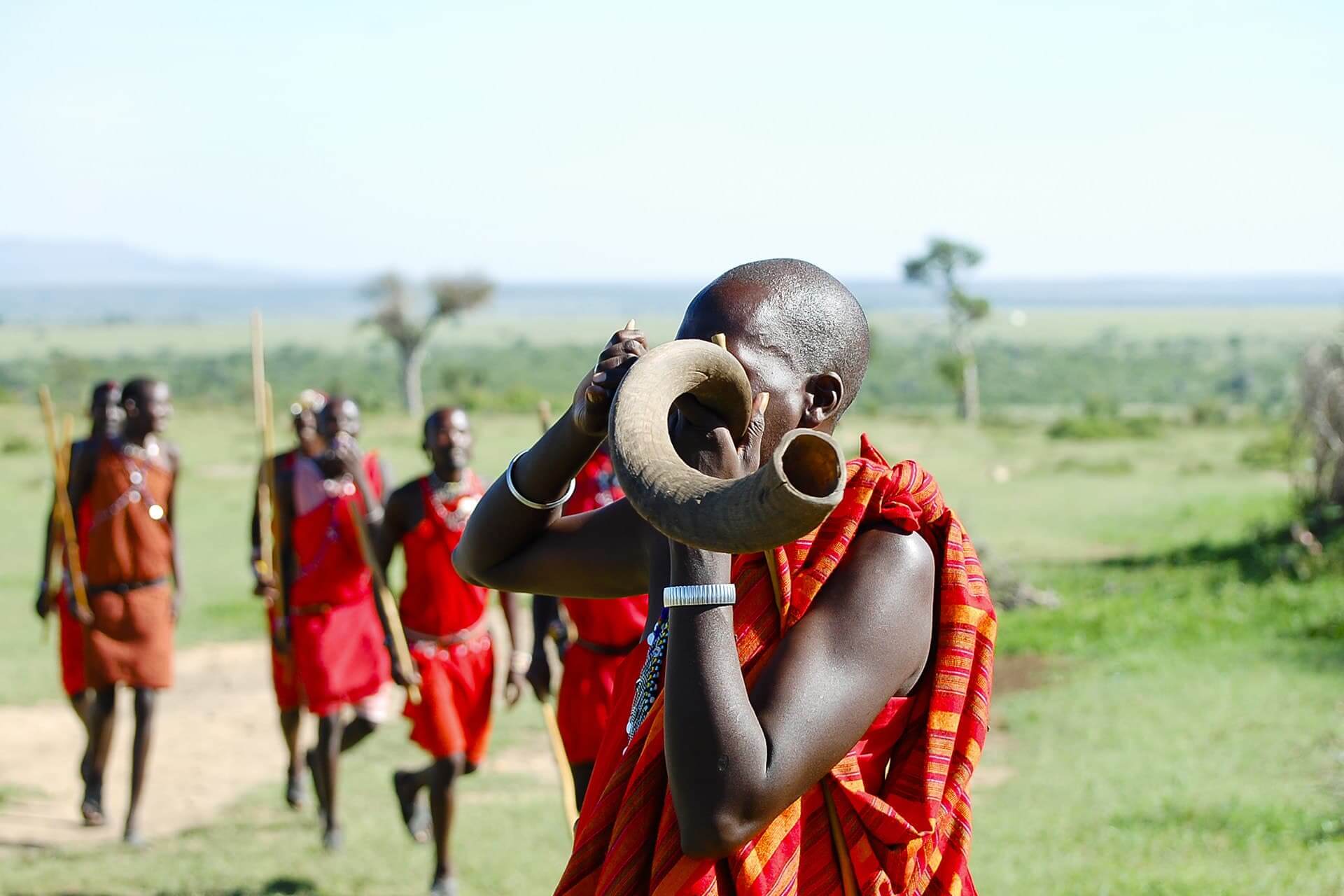
Music, Dance, and Ceremonies
Maasai music features rhythms created by vocal harmonies, with a song leader (olaranyani) singing the melody. Unique to Maasai music is drone polyphony, a rare style in African music. One of the Maasai’s most recognized ceremonies is Eunoto, a 10-day celebration that marks the transition of warriors into junior elders. The traditional jumping dance, known as “Adumu,” is a key feature of Maasai cultural performances.
Traditional Diet and Medicine
Historically, the Maasai diet consisted of raw meat, milk, and blood from their cattle, though this has diversified to include grains and vegetables due to changing circumstances. The Maasai also practice traditional medicine, utilizing natural herbs and plant-based remedies for healing and disease prevention. Herbs are also added to food to aid digestion and prevent illness.
Housing and Shelter
Maasai homes, known as enkangs, are traditionally built by women and are covered in cattle dung to provide waterproofing. These homesteads are central to Maasai life, reflecting their deep connection to cattle and the pastoralist lifestyle.
Get to know
African Remotes Explorer is a specialist tour operator based on Arusha – Tanzania in a rural remote area. company is entirely owned and operated by local indigenous Tanzanian.




